For many Americans, Memorial Day marks a fun-filled long weekend and the unofficial start of summer.
However, Memorial Day was created for a much more solemn purpose: commemorating the U.S. military personnel who died serving our country.
Dating back to the Civil War, the holiday was originally created around the practice of decorating the graves of fallen soldiers.
In light of this meaningful history, it’s important to remember the real reason for the holiday — rather than simply celebrating the extra day off work.
As the story goes, in 1996, a group of children were asked what Memorial Day meant and responded, “That’s the day the pools open!” As a result, the Clinton administration created the National Moment of Remembrance in an effort to remind Americans of Memorial Day’s significance.
There are a multitude of ways to honor Memorial Day this year, from visiting monuments to creating flower bouquets. It’s a great reminder to brush up on your knowledge of American history, too.
Ahead of the holiday, learn more about Memorial Day with these important facts.
The first Memorial Day took place on May 30, 1868.
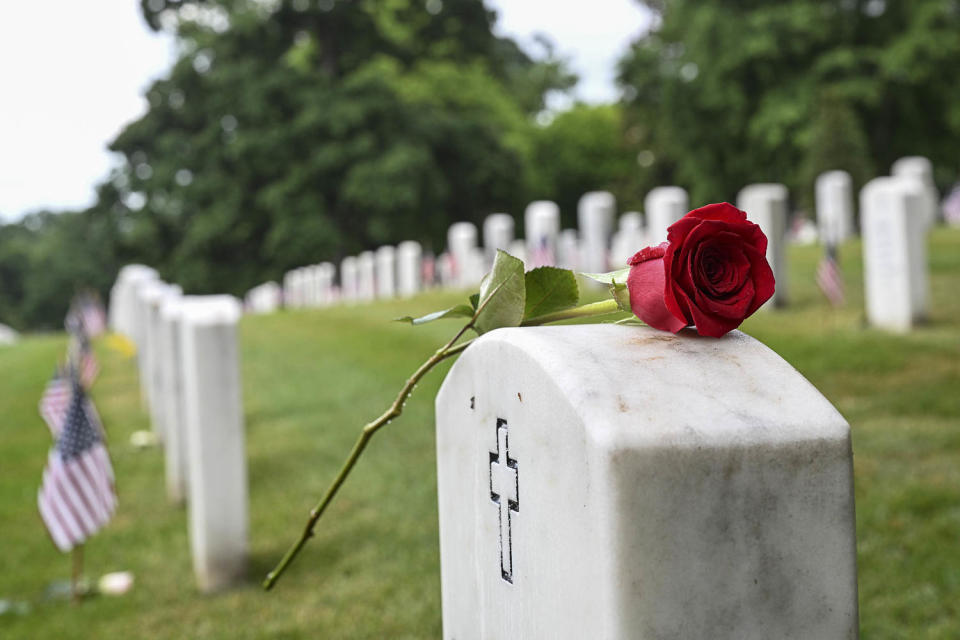
James A. Garfield, an Ohio congressman who would later become the 20th American president, gave a speech honoring fallen Civil War soldiers at Arlington National Cemetery.
Afterwards, thousands of people decorated the graves of the fallen.
The date was selected so that the spring flowers would be in full bloom.
John A. Logan is considered the founder of Memorial Day
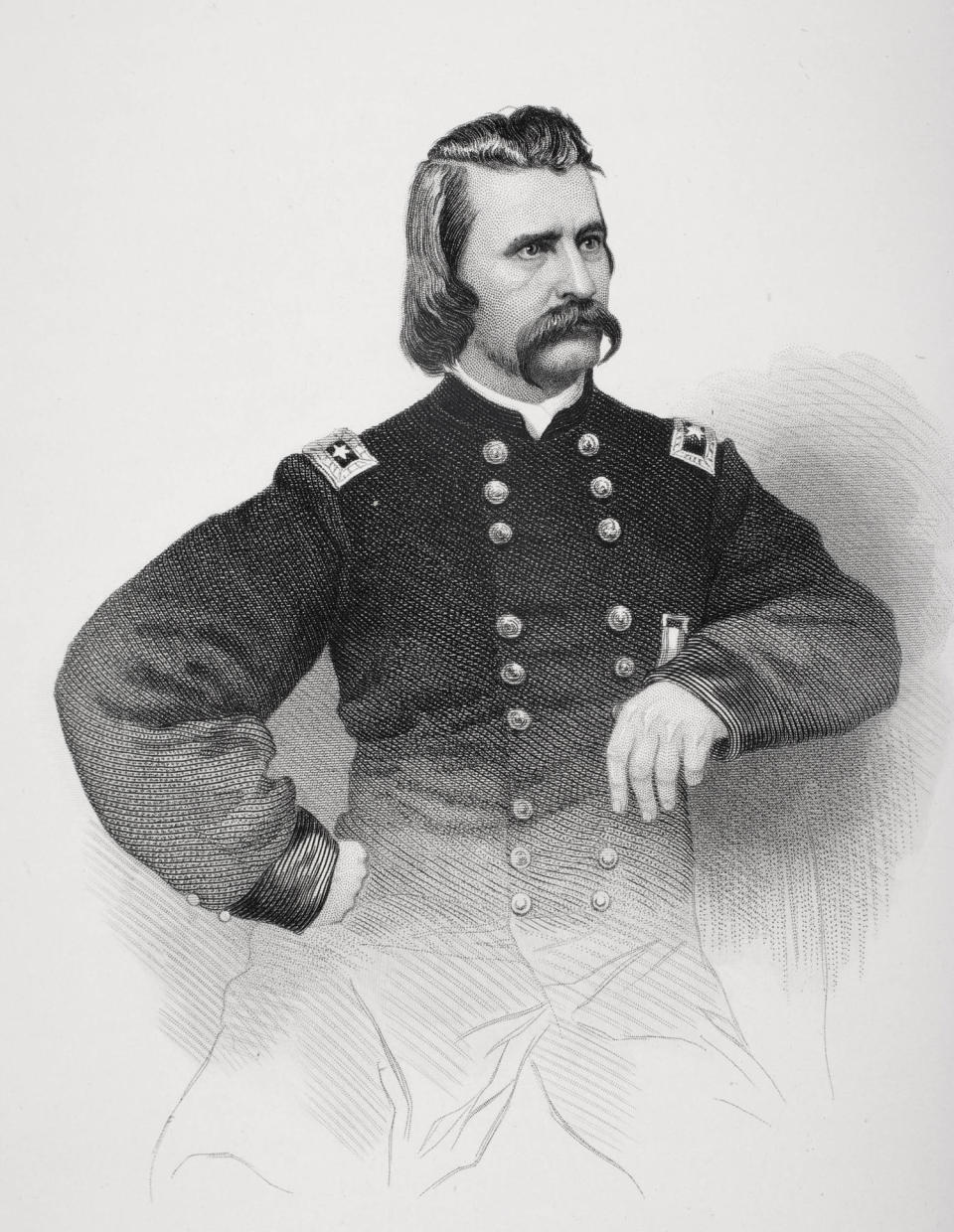

Logan served as a Union Army general during the Civil War and later resumed a career in politics.
As head of the Grand Army of the Republic, a volunteer organization for Civil War veterans, Logan called for a national day of remembrance for fallen Civil War soldiers in 1868. This occasion became the basis for Memorial Day.
American flags should be flown at half-staff from sunrise until noon on Memorial Day.
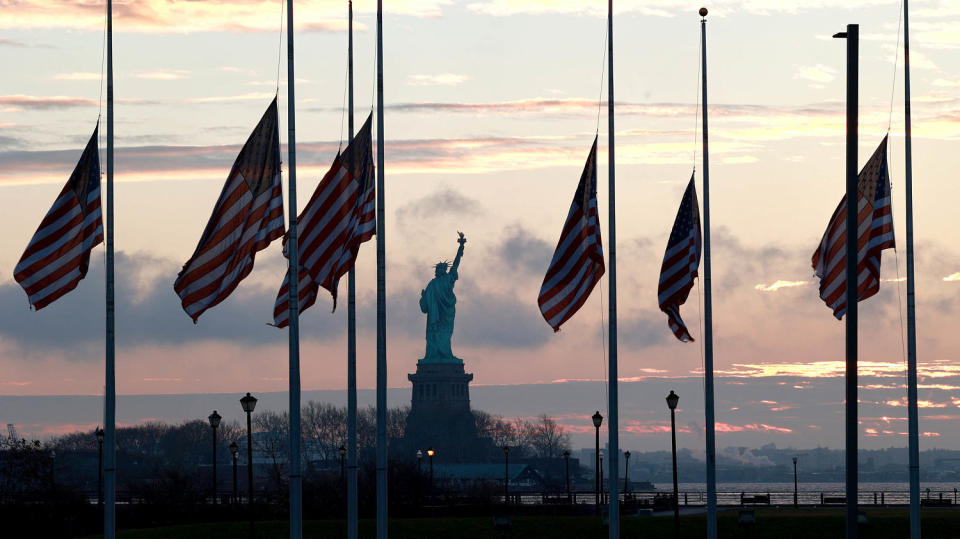

According to the U.S. Department of Veteran Affairs, “the flag should be flown at half-staff from sunrise until noon only, then raised briskly to the top of the staff until sunset, in honor of the nation’s battle heroes” on Memorial Day.
Memorial Day was officially recognized as a federal holiday in 1971.
Congress passed the Uniform Monday Holiday Act in 1968, which established Memorial Day as a federal holiday on the last Monday of May.
The law went into effect in 1971, and the first three-day Memorial Day holiday weekend took place that May.
Every Memorial Day, there is a wreath-laying ceremony at the Tomb of the Unknown Soldier.
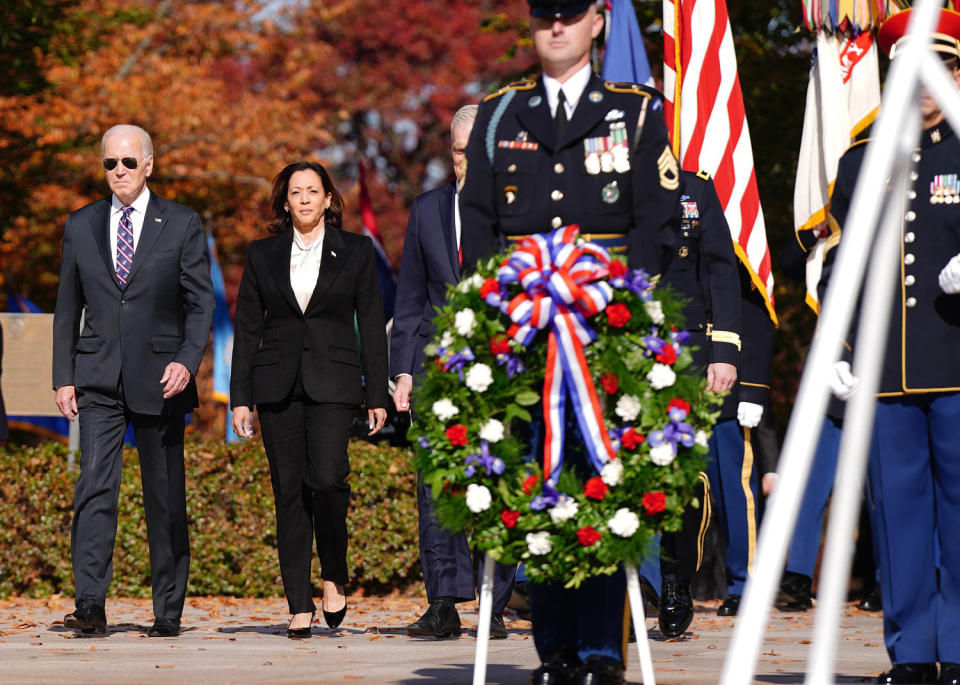

The Tomb of the Unknown Soldier in Arlington National Cemetery is a symbolic grave for fallen soldiers whose remains were not found or identified.
Memorial Day was created to honor fallen soldiers of the Civil War.
Since then, the holiday has expanded to honor all U.S. military personnel who died while serving the country.
Memorial Day was originally called Decoration Day.
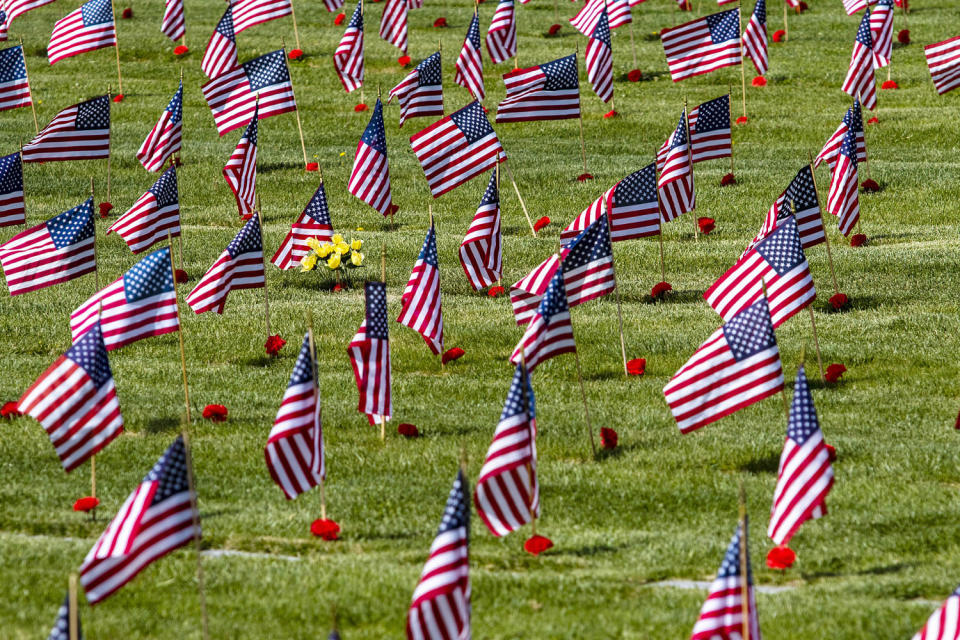

The name stemmed from the practice of decorating soldier’s graves to honor their memory.
Waterloo, New York is the official birthplace of Memorial Day.
President Lyndon B. Johnson named Waterloo, New York as the birthplace of Memorial Day in 1961. However, several other towns have also claimed to be the holiday’s birthplace.
Many people wear poppies on the Friday before Memorial Day
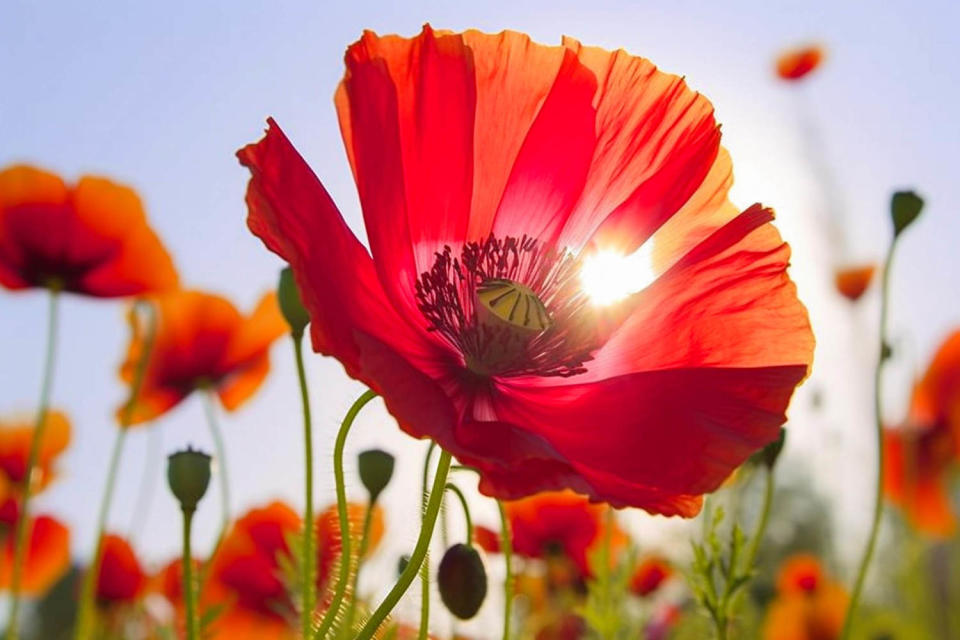

May 24 is National Poppy Day. Since World War I, poppies have been commonly worn to honor fallen soldiers, largely due to John McCrae’s popular poem “In Flanders Fields.”
There is a national moment of silence at 3 p.m.
Congress passed the National Moment of Remembrance Act in 2000. The act designates 3:00 p.m. on Memorial Day as a time for prayer and reflection.
As stated by the Clinton administration, the purpose of the National Moment of Remembrance is to honor fallen soldiers and remind citizens of the true meaning of Memorial Day.
Several organizations have promoted the practice of playing “Taps,” a traditional military bugle call that signals the end of the day, during the moment of silence.
This article was originally published on TODAY.com
Read the full article here












